By Mark Skrzynski
On October 16, 1946, between 1 and 3 AM, American military police escorted 10 condemned high-ranking Nazi prisoners to their execution by hanging. Twelve Army photographers from 3264th Signal Photo Service Company, as well as other journalists from around the world, recorded the historical trial and preserved it forever in photographs and publications. This marked the first time in modern history that an international tribunal had called for individual accounting for crimes committed against other nations or ethnic groups during wartime.
Most of us are familiar with the famous photos of young American MPs in their white helmets standing in court behind the vanquished leaders of the disgraced Third Reich. Some of us even own small pieces of memorabilia from those days, passed down from generation to generation as a symbol of victory and justice. A few months ago I came across an old, white-painted helmet with two shield-like decals on each side, and it took me only a moment to realize that I was holding the same helmet that had been used by young American MPs during the trials at Nuremberg. After an initial burst of euphoria, I started looking for more information. Several questions needed to be answered, most importantly, who was the helmet’s original owners. I was looking for its provenance, the primary fact that separates special, almost sacred objects of the past from ordinary ones.
First, I looked in all my helmet books and found some helpful but limited clues. Then I turned to helmet collectors, the Army Historical Center, the National Archives, and friends at the local library. Not surprisingly, my first solid information came from two helmet authorities, Dave Powers and Chris Armold. Dave shared some pictures from his huge collection, and Chris provided the name of the U.S. Army MP outfit securing the trial, as well as the name of their commandant. This was a great start, but there was more to be discovered. Who were the young soldiers guarding the process of final justice? What units did they belong to? How many served in Nuremberg during the trial? What kind of symbol did they carry on their helmets? Who designed it and when? How many helmets were issued and how rare are they today?
I started building a time line and struggled to establish a full list of participating units. I was searching for any information associated with my helmet, trying to draft a chronicle of the days when its owner witnessed history from the front row of the Nuremberg court. By 1945, the Allies had begun to concentrate the prisoners most likely to be tried as war criminals in a former four-star hotel at Bad Mondorf, Luxembourg. The U.S. Army gave the camp the sarcastic codename ASHCAN (the British called it DUSTBIN). More than 70 elite prisoners were gathered in the camp. The camp commandant was a crusty American cavalry colonel named Burton C. Andrus. In August 1945, Andrus took charge of 21 Nazi military and civilian officials who were charged with some of the uncountable criminal acts of the Third Reich. He was given full responsibility for their security, their physical and mental well-being, so that they could stand trial.

The 1st Infantry Division, Third U.S. Army, was to provide the headquarters command and guards for the court, as well as furnishing food, housing, and transportation for court personnel and correspondents. Initially, only one understrength company from 1st Battalion, 26th Infantry Regiment, 1st Infantry Division, supported Andrus’s assignment. By the time the trial commenced, Military Police from the 802nd and 821st Military Police Companies, 1st Infantry Division, had been added to the guard force.
On November 20, 1945, the trial began in the Palace of Justice at Nuremberg. Until August 31, 1946, all sessions of the tribunal were held in this building under the presidency of Lord Justice Geoffrey Lawrence. The Allies had chosen Nuremberg because the Palace of Justice with its attached jail was the most compact and intact facility available within Germany for such a trial. Ironically, the building had been spared by Allied bombing raids, even though it had served as the site of Nazi Party congresses and rallies. The American Zone was selected, since the United States was the only country capable of providing the necessary material and logistical support. To appease the Soviets, the tribunal’s permanent seat was located in Berlin, where its charter was also signed.
After Andrus’s intervention, additional soldiers from the 3rd Battalion, 26th Infantry Regiment, under the command of Lt. Col. John T. Corley, were added to his staff. The so-called “Blue Spaders” were the same unit that previously had been given the honor of carrying the national colors at the Allies’ Victory in Europe parade. Along with providing security, the units operated four hotels, two nightclubs, a bus line, and 90 private homes for trial officials. On July 25, most of the 26th Infantry Regiment moved into a former artillery complex on Steubenstrasse. Other units, including the 1st Battalion, Company C of 18th Infantry Regiment, and soldiers from the 94th and 99th Infantry divisions also contributed to the trial. In addition, ceremonial guards from the four Allied nations pulled sentry duty at entrances.
In April 1946, the 793rd Miltary Police Battalion, 26th Infantry Regiment, 1st Infantry Division absorbed the Nuremberg Trial military police and took control of the prisoners. This merger provided the foundation for the creation of the 6850th Internal Security Detachment. The battalion was housed first at Zellenstrasse Military Police Station, and in February 1947 moved with the rest of the regiment to Fürth Kaserne artillery camp. Companies K and C were assigned to serve as the trial’s honor guards.
During the trial, MPs escorted the accused to and from jail and provided security within the courtroom itself. Ten guards plus an officer, all wearing white helmets, white belts, and white billy clubs, remained at “parade rest” behind and to the side of the prisoners’ dock. Only Colonel Andrus and the officer in charge of the military police detail carried sidearms. Rather than the white helmet worn by the MPs, Andrus wore a red shellacked liner with his rank attached to the front. As a proud ex-cavalry officer, he also carried his riding crop.

The 6850th detachment was fully staffed with doctors, chaplains, lawyers, dentists, plumbers, psychiatrists, carpenters, masons, and electricians. There were enough supplies to survive a long-term lockdown without being re-supplied from the outside. A and B Companies of the 793rd Battalion were responsible for patrolling the city. A Company was also in charge of patrol around the outside of the Palace where the trials were being held.
Security around the building was very tight. As an added precaution, armed patrols cordoned off a nine-square-block area surrounding the Palace of Justice, and MPs armed with Thompson submachine guns manned jeeps and armored cars in front of the building. Soldiers from these companies did not wear the white helmet liners associated with the trial, but rather typical green helmets with white MP markings. The Military Police kept prisoners under constant surveillance. Andrus instituted round-the-clock watches after one of the accused hanged himself. In three-hour shifts, the MPs observed prisoners through small windows in their cell doors.
On October 1, 1946, after 216 court sessions, the verdicts were handed down. Twelve of the defendants (including the absent Martin Bormann) were sentenced to death by hanging. Seven were given lengthy prison sentences—Rudolf Hess, Walther Funk, and Eric Raeder for life. Three others—Hjalmar Schacht, Franz von Papen, and Hans Fritzche—were acquitted. The executions were set for midnight, October 15. On October 16, between 1 and 3 am, MPs escorted the 10 condemned prisoners one-by-one to their execution in the old gymnasium of the Nuremberg prison, where three scaffolds had been built. The eleventh condemned man, Herman Göring, cheated the hangman that night, two hours before execution, by swallowing cyanide from a glass vial he somehow had managed to keep with him despite numerous searches of his person and cell.
The place of execution was brightly lit, the three wooden scaffolds painted black. Thirteen steps led up to the platforms on which the gallows were erected. The lower part the gallows was draped with a black curtain. With hands tied behind their backs and a black hood pulled over their heads, one by one each man went to his death. The executioner was short, chunky, 43-year-old Master Sergeant John G. Woods from San Antonio, Tex. In his 15 years as a U.S. Third Army executioner, Wood had hanged 347 people. During the Nuremberg executions he had two assistants.
The condemned were to be hanged in the order of their indictment: Göring, Joachim von Ribbentrop, Wilhem Keitel, Ernst Kaltenbrunner, Alfred Rosenberg, Hans Frank, Wilhelm Frick, Julius Streicher, Fritz Sauckel, Alfred Jodl, and Arthur Seyss-Inquart. Since Göring was already dead, Ribbentrop was the first to be hanged, at 1:11 am. Seyss-Inquart was the last at 2:45. The bodies, still wearing nooses and hoods, were then placed in coffins, loaded onto two trucks, and taken in a heavily armed convoy to the crematorium at Dachau concentration camp. The defendants’ ashes were then strewn in an estuary of the Isar River near Munich.

The other prisoners found guilty were moved to Spandau Prison to be guarded by the Allied powers until their sentences expired. The last of the prisoners, Rudolf Hess, died in 1987 after spending 46 years in total isolation. He was 93 years old. Contrary to the original plans, no subsequent international tribunals took place. After the conclusion of the first Nuremberg trial, 12 more trials were held in each of the four zones of occupied Germany. About 185 individual Nazis faced justice in these cases.
A few weeks after the Nuremberg trial, most of the guards received discharge orders. Andrus, too, quickly returned home to take care of his sick wife. In 1947, the 1st Infantry Division began serving as a tactical reserve and quick reaction force in support of U.S. Constabulary operations. On October 20, 1947, the 793rd MP Battalion was reorganized and redesignated as the 793rd Military Police Service Battalion. By January 1948, most of the 26th Infantry units, including the service and headquarters companies, regimental headquarters, and 1st Battalion, moved out of the Palace of Justice and Fürth Kaserne to Ludwigsburg, Monteith, and Pinder barracks.
But what about the helmets? Who designed the symbols visible on decal and distinctive unit insignia(DUI)? Based on many published books and memoirs, it is virtually certain that the designer of IMT insignia and the initial outfit for the guards was none other than Colonel Andrus himself. It was his vision and determination that gave the group of war-tired and homesick soldiers a new sense of pride and unit integrity. As commanding officer of the 6850th, he recognized early the importance of his assignment and the historical role his soldiers were about to play. The 6850th was not just an elite guard unit; it represented all American armed forces during the final stage of the war against Nazism.
The coat of arms he sketched consisted of a shield with a key at the top to symbolize prison security. Under the key was the scale of justice dominating a broken Nazi eagle at the bottom surrounded by red flames. Andrus’s insignia was used later in various ways—from helmet decals, shoulder patches, and DUIs to the official IMT letterhead and printed court flyers. The 6850th coat of arms was eventually accepted as an official symbol of the IMT and almost continually employed throughout later trials. The characteristic white helmets were implemented only during the first court case. Soldiers visible in period photos from subsequent trials apparently did not follow Andrus’s courtroom fashion, but wore all sorts of uniforms and helmets in various colors and markings. Another set of pictures from the first trial shows guards watching the 21 condemned Nazi leaders in the prison area. These pictures, many of them close-ups, reveal blue or green helmets, some with the decal of 26th Infantry Regiment applied to the side.
Other photos from the period show the use of either decals on both sides of the white helmet liners or a complete lack of any markings. There is no indication in any documents or photos that a single metal DUI was attached via insignia eyelet on the front of the helmet liner, or that a single decal was applied there. Perhaps this was a postwar invention of some creative veteran or collector. One thing to consider is the fact that the DUIs were made of soft metal with colored enamel, and therefore were unable to bend easily to the curve of the helmet without cracking the enamel. Based on the manufacturer’s markings, it is likely that the decals, DUIs, and shoulder patches were all manufactured in occupied Germany, most likely in the Nuremberg area. It would appear that only the officers wore the patches and the DUIs. All courtroom security guards held onto their old unit badges.
Although I can’t be sure who the exact owner of my white helmet was, I am still convinced that it is a rare and unique item that carries more than mere elite unit markings. It is an object of historical importance with a fascinating story behind it and, as such, will remain forever in my collection, hopefully to be passed down to another generation. And as in all great stories, there is a twist at the end—the young Army photographer who took of most of these pictures is Raymond D’Addario, who lives only 10 minutes from my home. But that’s a story for another time.


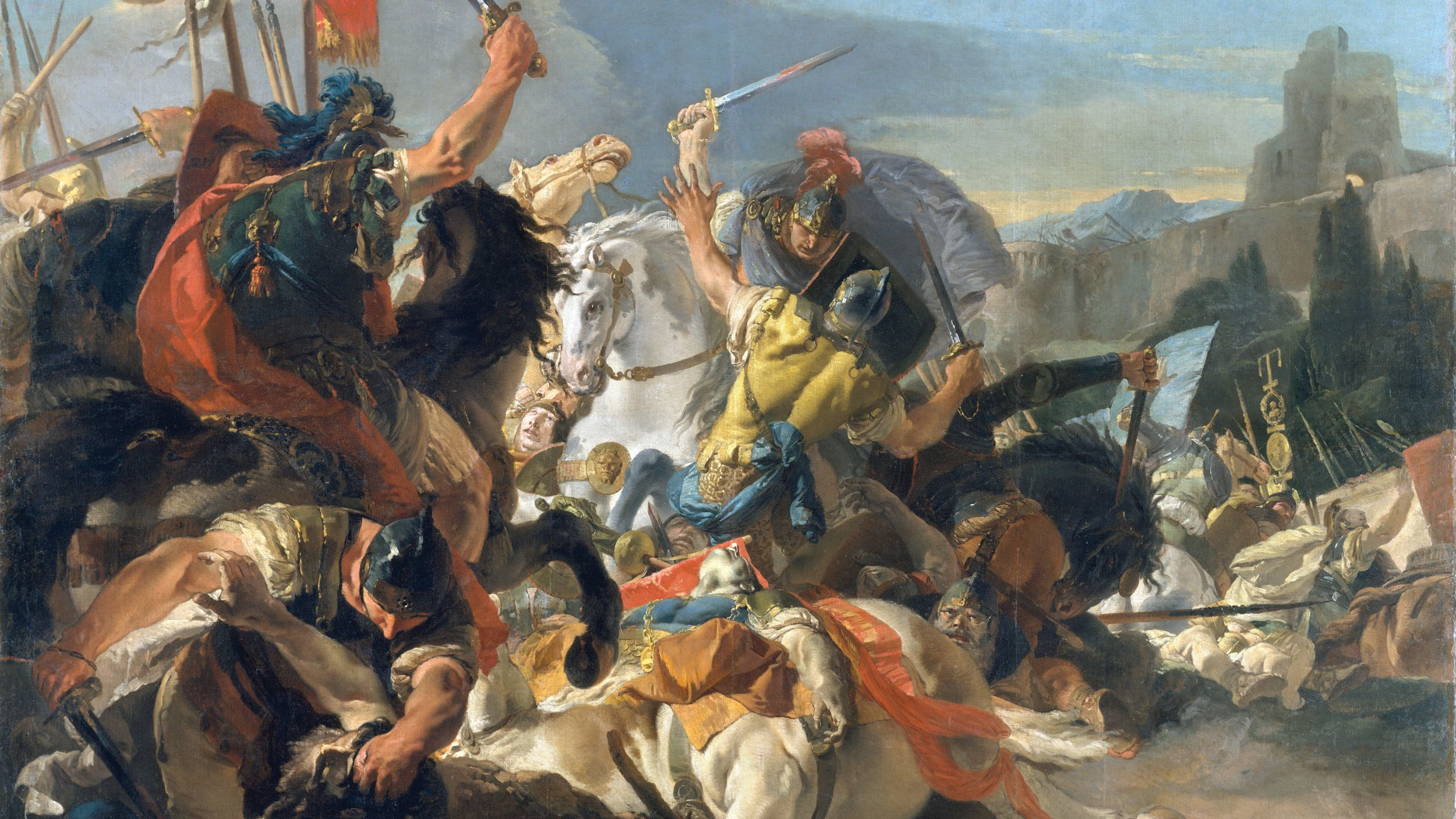
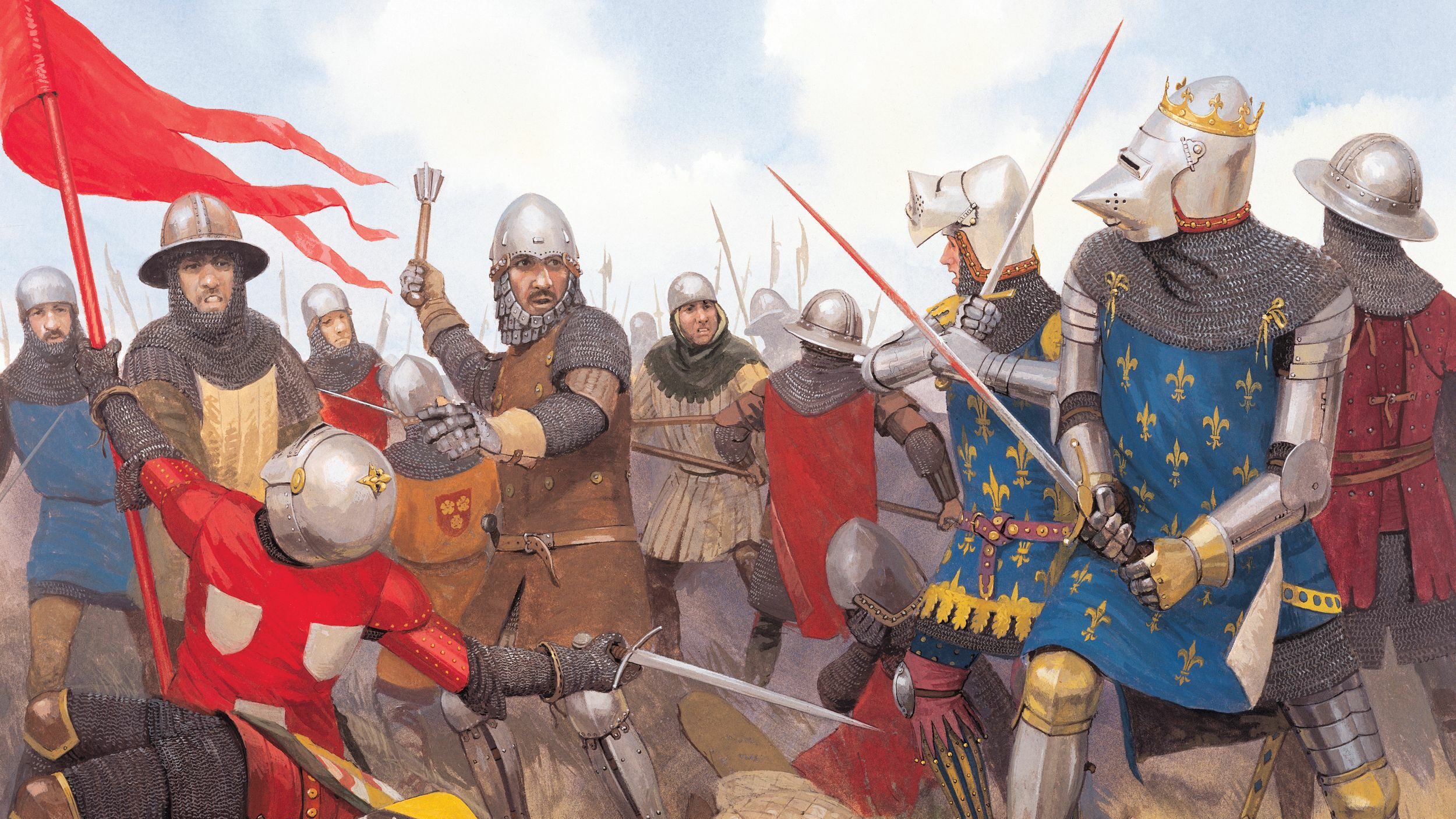
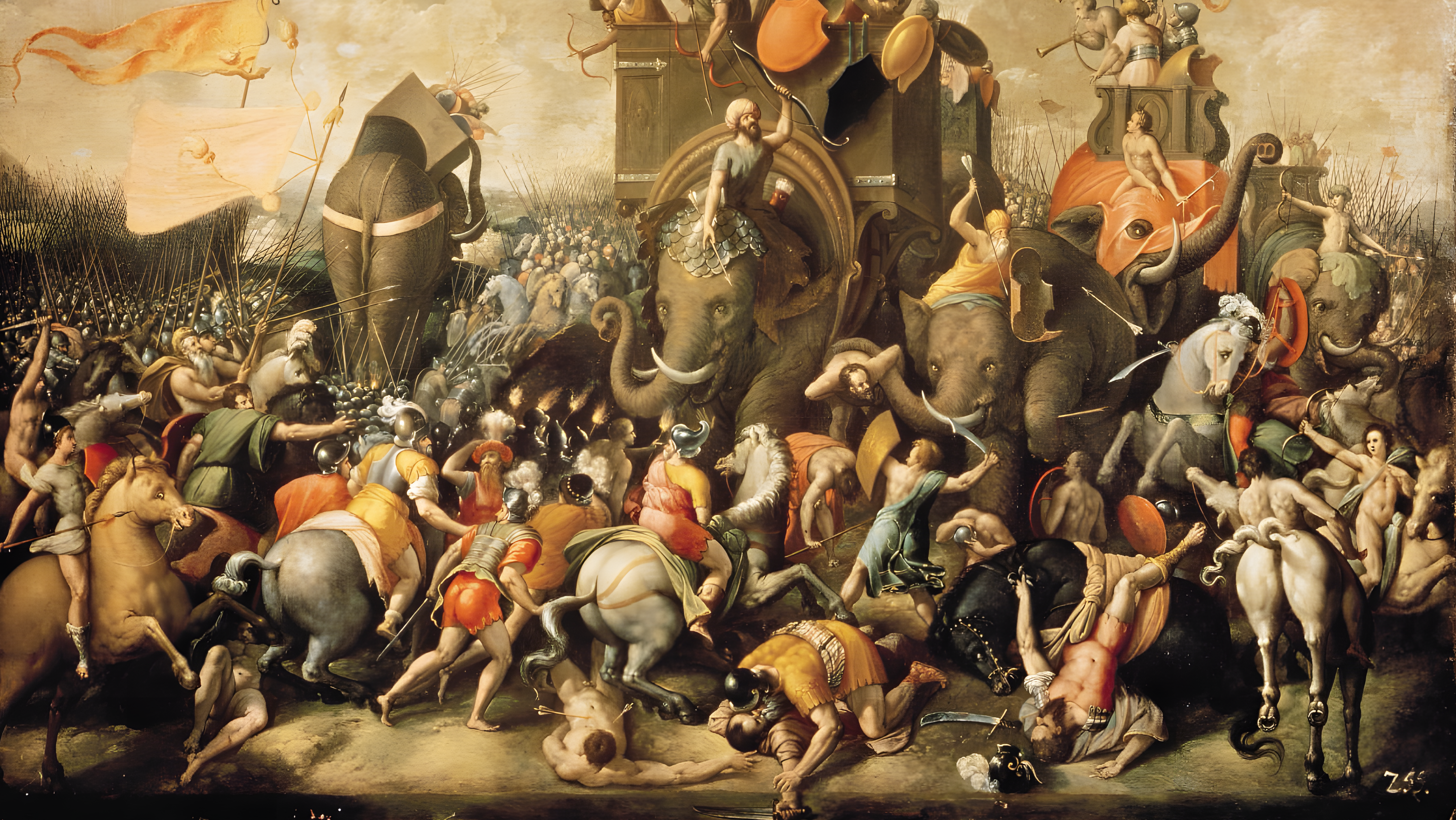
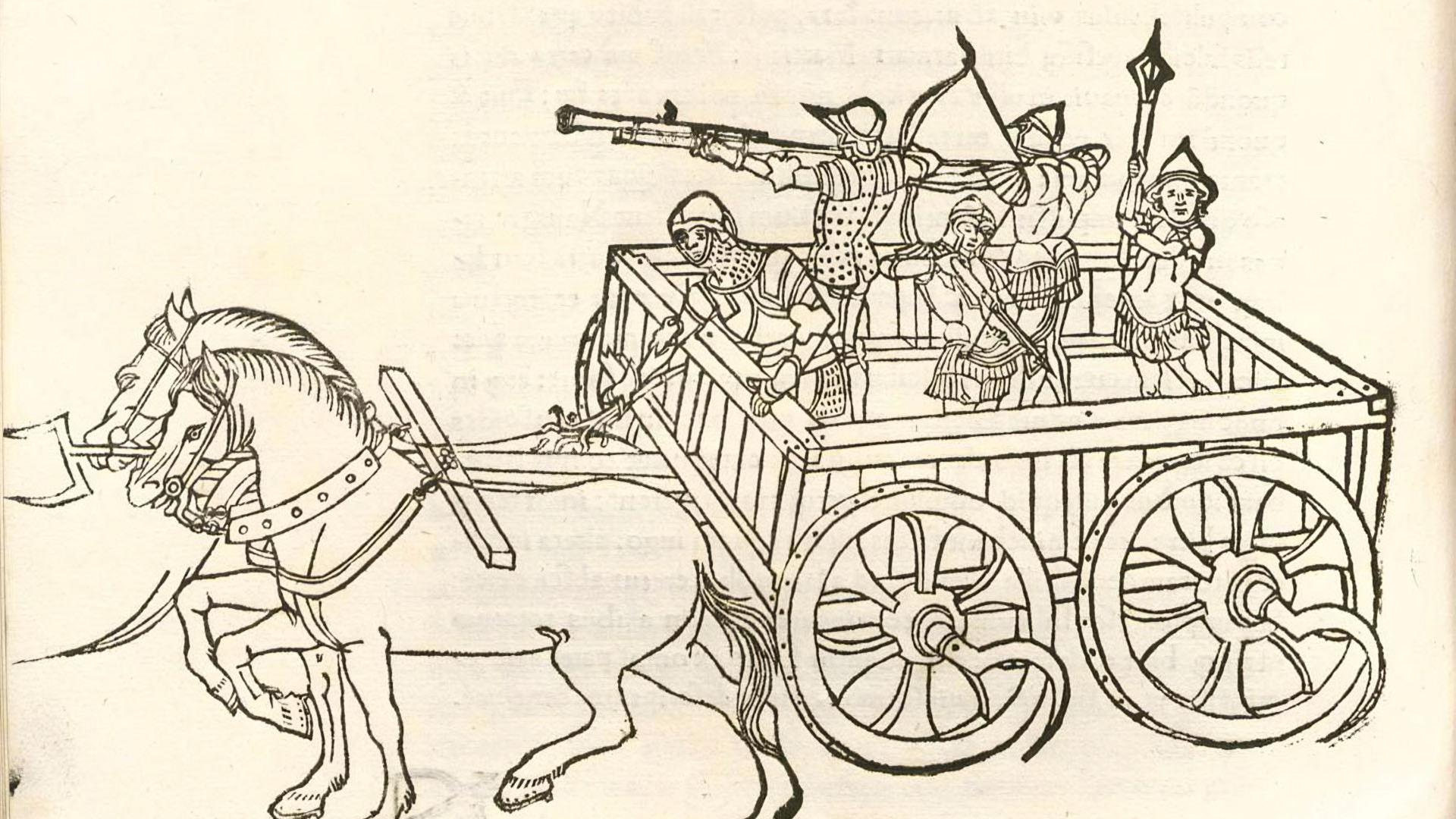
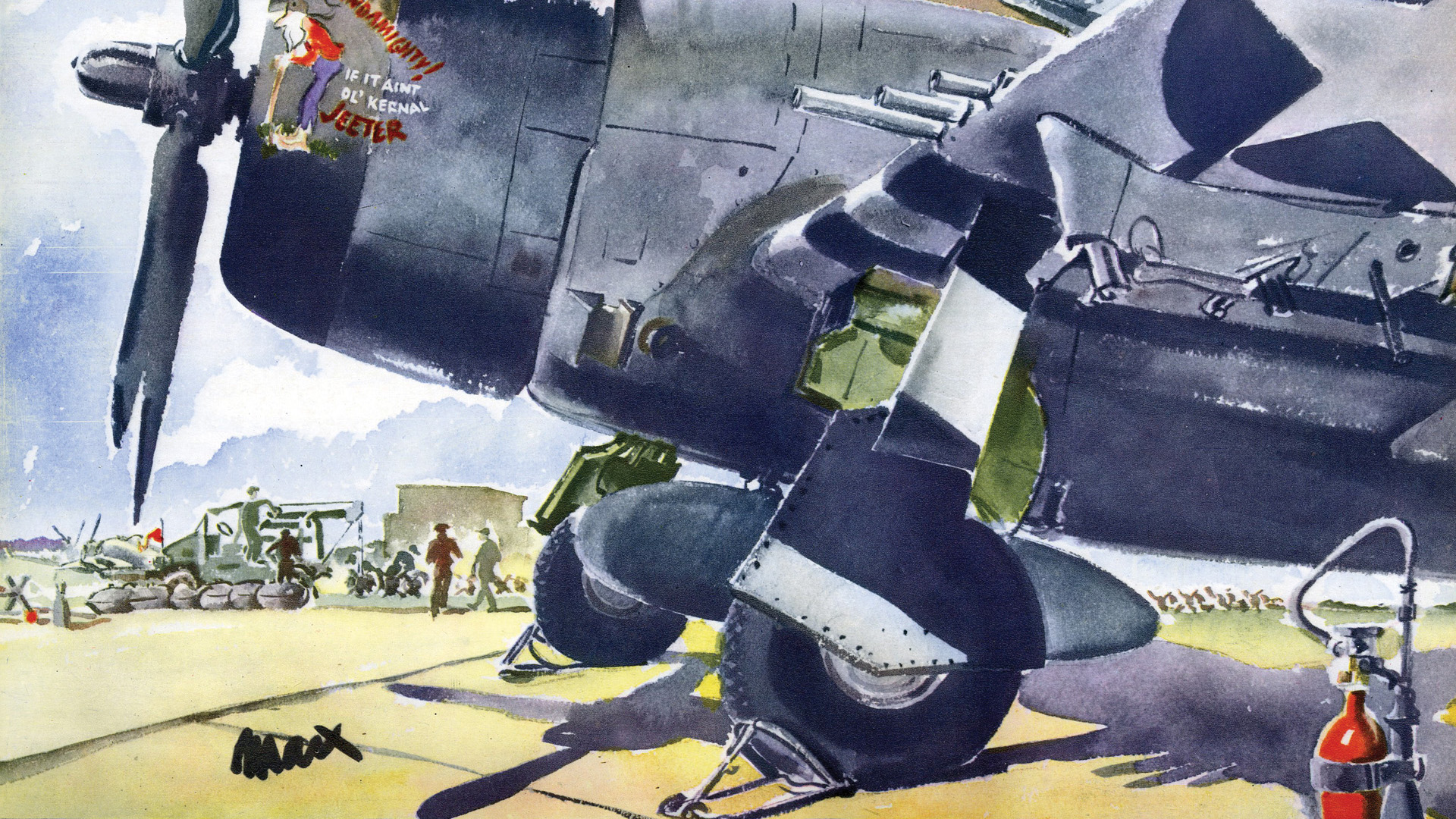
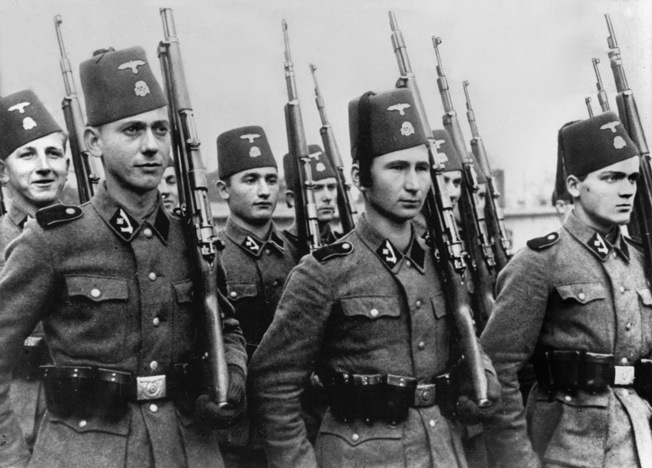
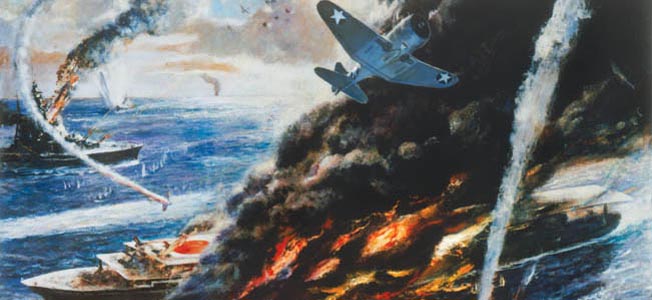
Join The Conversation
Comments
View All Comments